

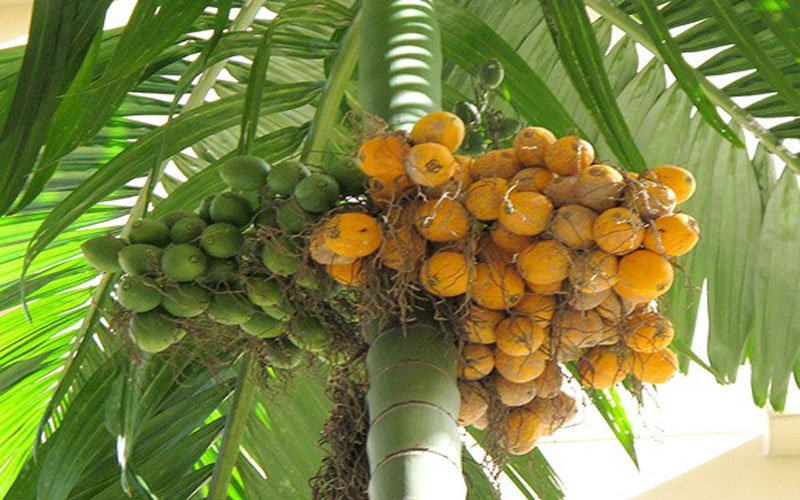
Areca catechu is a species of palm which grows in much of the tropical Pacific, Asia, and parts of east Africa. The palm is believed to have originated in the Philippines, Areca catechu is a medium-sized and palm tree, growing straight to 20 m tall, with a trunk 10–15 cm in diameter. The leaves are 1.5–2 m long, pinnate, with numerous, crowded leaflets.
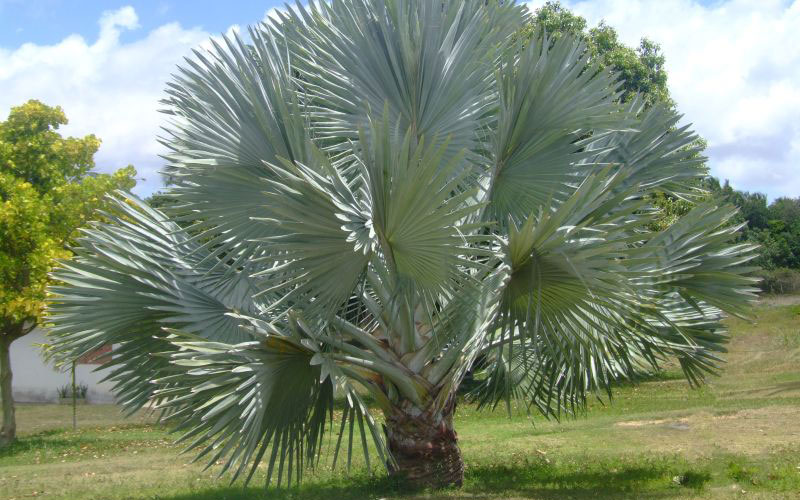
Bismarckia nobilis grows from solitary trunks, gray to tan in color, which show ringed indentations from old leaf bases. Trunks are 30 to 45 cm in diameter, slightly bulging at the base, and free of leaf bases in all but its youngest parts. In their natural habitat they can reach above 25 meters in height but usually get no taller than 12 m in cultivation. The nearly rounded leaves are enormous in maturity, over 3 m wide, and are divided to a third its length into 20 or more stiff, once-folded segments, themselves split on the ends. The leaves are induplicate and costapalmate, producing a wedge-shaped hastula where the blade and petiole meet. Petioles are 2–3 m, slightly armed, and are covered in a white wax as well as cinnamon-colored caducous scales; the nearly-spherical leaf crown is 7.5 m wide and 6 m tall. Most cultivated Bismarckias feature silver-blue foliage although a green leaf variety exists (which is less hardy to cold).[2] These palms are dioecious and produce pendent, interfoliar inflorescences of small brown flowers which, in female plants, mature to a brown ovoid drupe, each containing a single seed.
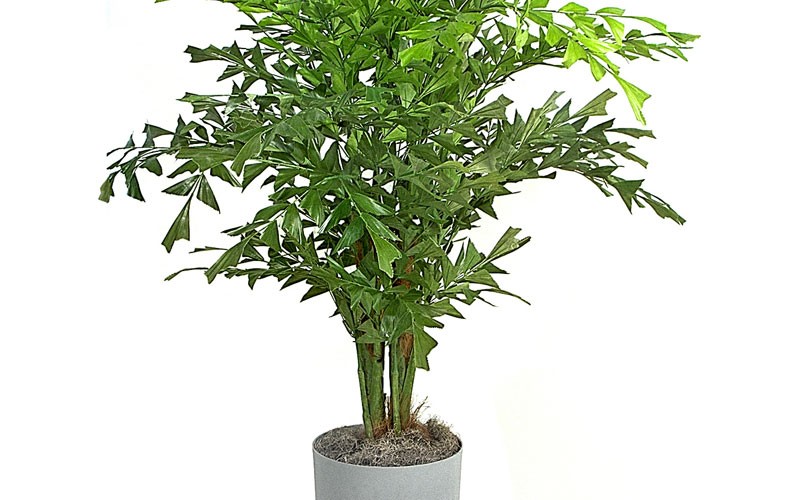
Caryota mitis, the clustering fishtail palm, is a species of palm native to southeast Asia from India to Java to southern China, now sparingly naturalized in southern Florida and in parts.
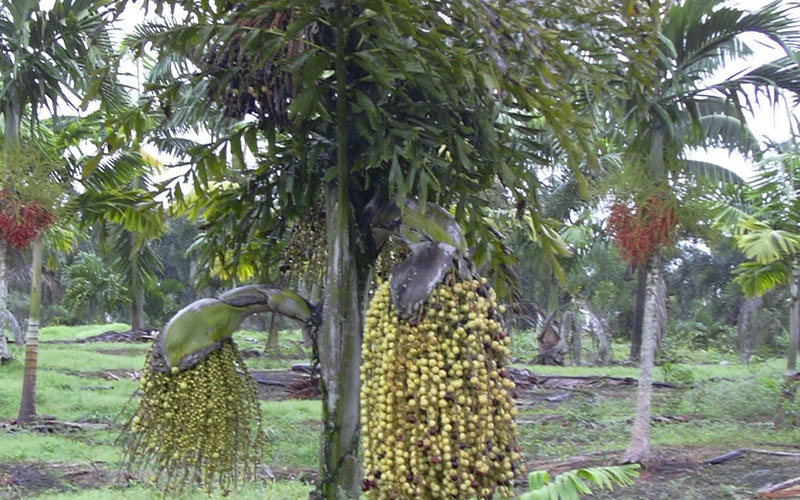
Caryota urens is a species of flowering plant in the palm family from the Indian Subcontinent and Southeast Asia where they grow in fields and rainforest clearings. The epithet urens is Latin for “stinging” alluding to the chemicals in the fruit.
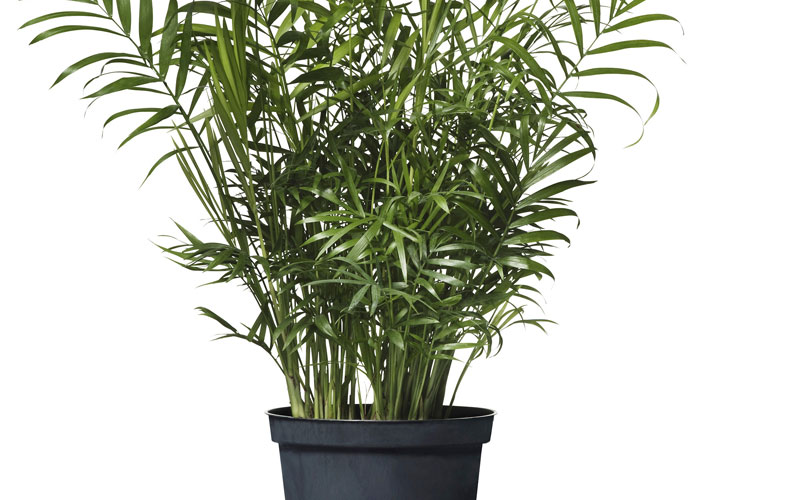
It is used in gardens in sub-tropical climates, such as Southeastern United States, and in tropical areas, growing to 2–3 m (6 ft 7 in–9 ft 10 in) tall with slender, cane-like stems.
It is often cultivated in temperate regions as a houseplant, where it grows to 2 m (6 ft 7 in) tall with very slow growth, tolerating low levels of humidity and light, though it prefers medium to high humidity and bright indirect light.
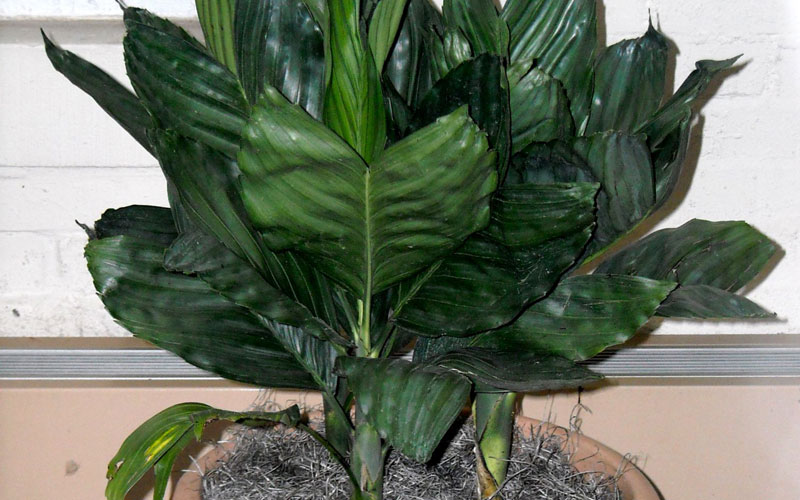
Chamaedorea metallica is a species of flowering plant in the Arecaceae family.
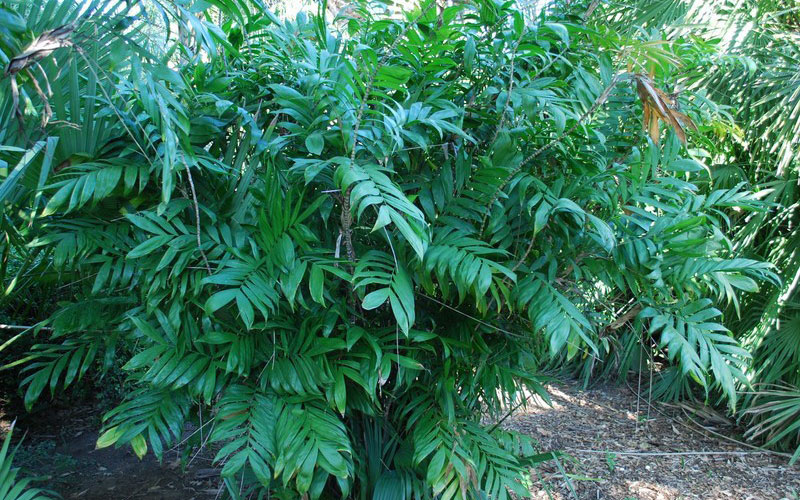
Over the past several hundred years, palms have been quite popular as house plants. During previous centuries, when taxonomists would search across great expanses of sea and land for new plant species with economic value, these plants (some of them palms) would be returned to their home institution’s conservatory and grown. They were not searching for plants destined to be interior plants per se. But, some proved adaptable and complementary to the home environment and have proven successful as indoor plants. Some did not. Since that time, nurserymen have found, usually through trial and error, which species of palms do well as houseplants. What we’ve learned over past decades is that , historically , there are three main tried and true genera of palms that do well as houseplants.
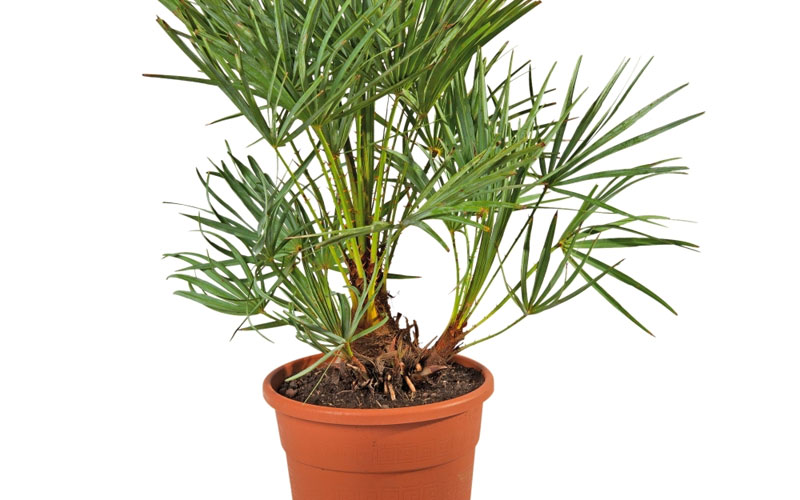
Chamaerops is a genus of flowering plants in the family
Arecaceae, comprising a single species Chamaerops humilis, representative of the Pre-Pliocene paleo-tropical ancestral lineages in the area.
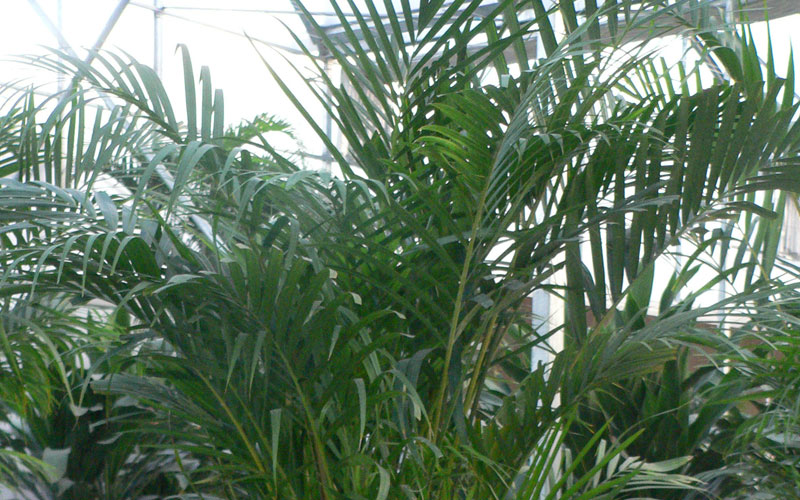
Dypsis lutescens, also known as bamboo palm, golden cane palm, areca palm, yellow palm, or butterfly palm, is a species of flowering plant in the Arecaceae family, native to Madagascar and naturalized
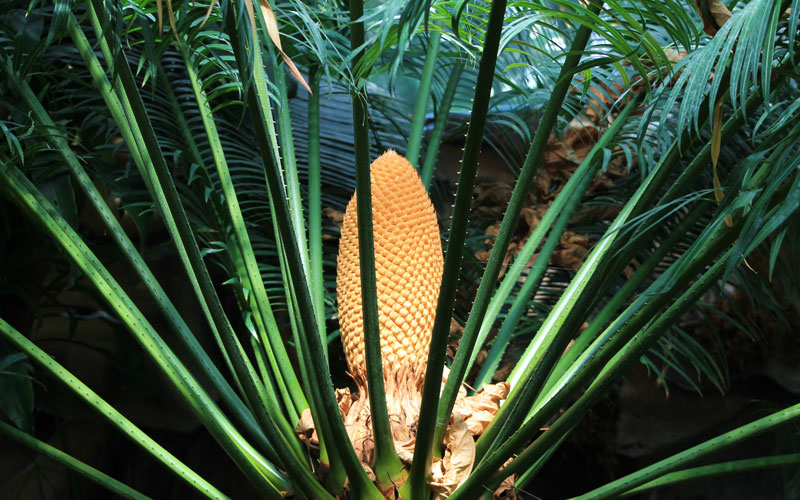
Cycas circinalis, also known as the queen sago, is a species of cycad known in the wild only from southern India
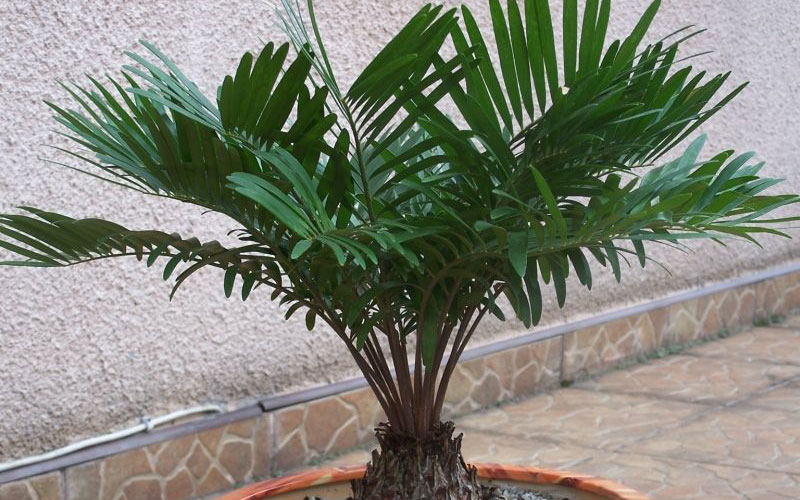
Cycads are often grown by collectors of cacti and other succulent plants. If the smaller species are selected it is possible to grow a mature plant of a reasonable size for a small glasshouse. Cycads should be generally regarded as poisonous to livestock as they contain the unique methylazoxymethanol-glycoside neurotoxins Cycasin and Macrozamin. There does not seem to be a problem with growing and handling Cycads as long as no parts are eaten, although it might be wise to use gloves when cleaning the seeds as these contain the highest concentration of toxins.
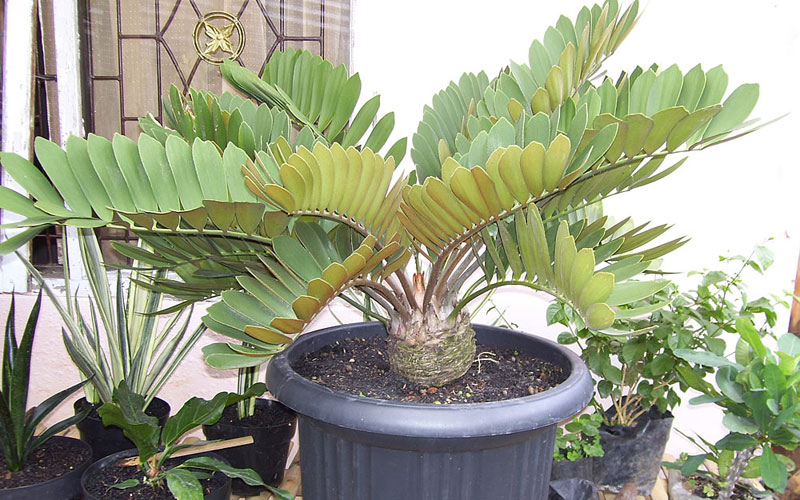
Palm-like, dioecious, low-growing plant with trunk to 6 inches high or wholly underground; leaves 2-4 feet long, pinnae in 2-13 pairs, linear to lanceolate or oblong-obovate, margins toothed in the middle, often revolute, petioles prickly; male cones cylindrical, to 4 inches long, often clustered, female cones elongate-ovoid, to 5 inches long, the exterior faces of the ends of the scales hexagonal, horizontally elongated.
Florida, West Indies, Mexico
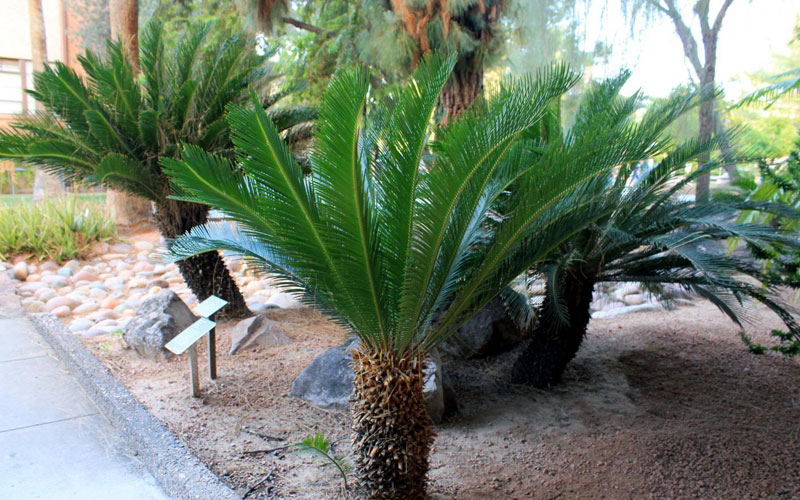
Cycas revoluta, is a species of gymnosperm in the family Cycadaceae, native to southern Japan including the Ryukyu Islands. It is one of several species used for the production of sago, as well as an ornamental plant.
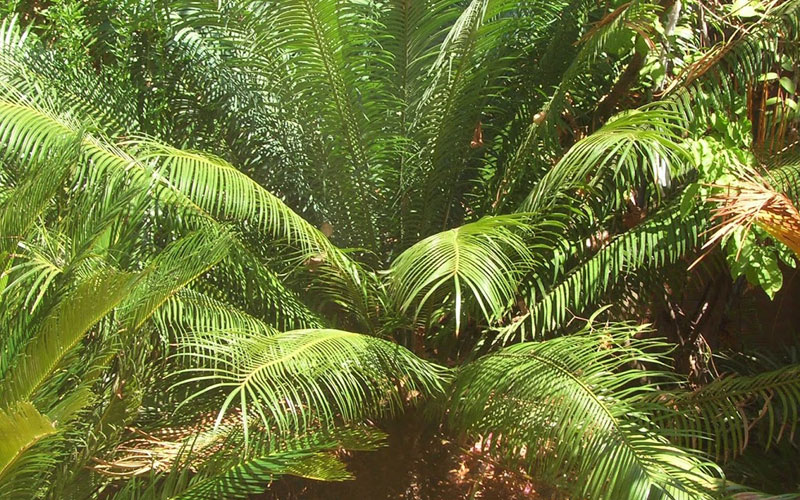
Cycas rumphii, commonly known as queen sago or the queen sago palm, is a dioecious gymnosperm, a species of cycad in the genus Cycas native to Indonesia, New Guinea and Christmas Island. Although palm-like in appearance, it is not a palm
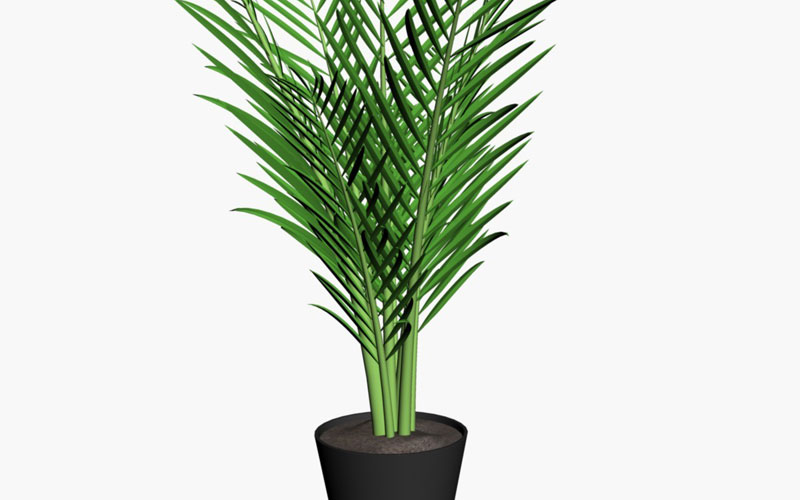
Cyrtostachys renda, also known by the common names red sealing wax palm and lipstick palm, is a palm that is native to Thailand, Malaysia, Sumatra and Borneo.

Native to the Mascarene islands. Long arching fronds with broad leaflets to 3′ having a blackish grey trunk to 30′. Known for flowering at early age and for its bulging base and large crownshaft. Beautiful in the tropical landscape. Hardy in zones.
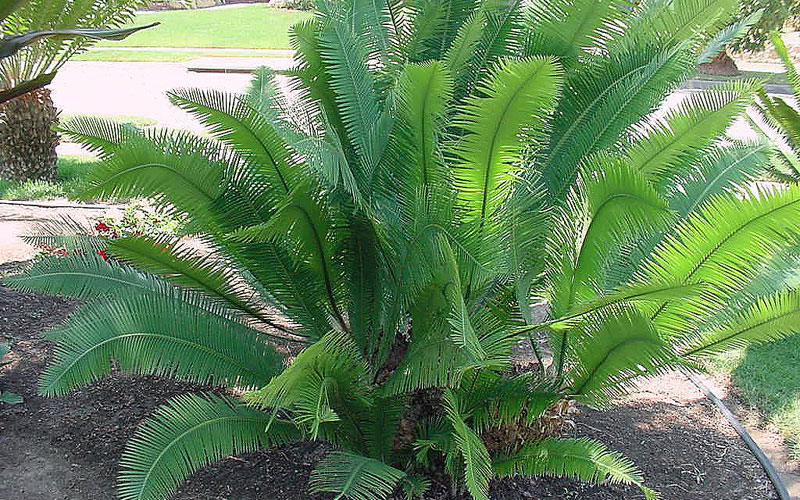
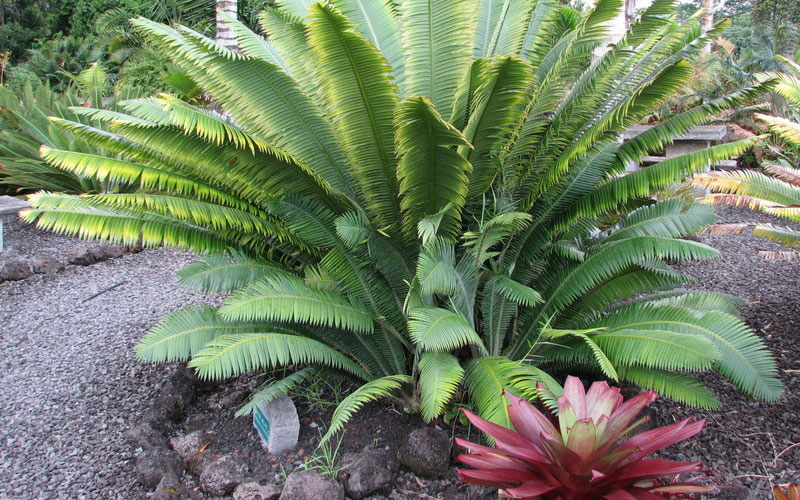
The Chestnut Dioon is a cycad native to Mexico, also known as Palma de la Virgen. Cycads are among the oldest seed plants and even pre-date the dinosaurs. It belongs to the Zamiaceae plant family within the order Cycadales.

Dioon spinulosum, giant dioon, or gum palm, is a cycad endemic to limestone cliffs and rocky hillsides in the tropical rainforests of Veracruz and Oaxaca, Mexico. It is one of the tallest cycads in the world, growing to 12m in height.
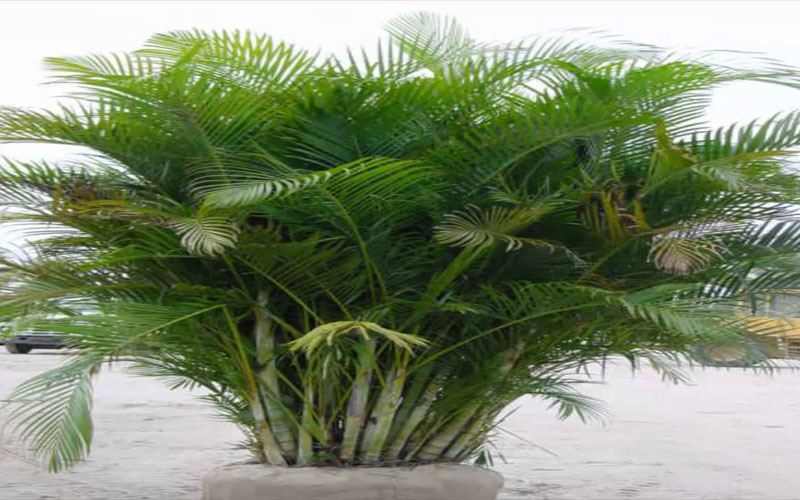
Dypsis madagascariensis is a species of flowering plant in the Arecaceae family. It is found only in Madagascar. It is threatened by habitat loss.
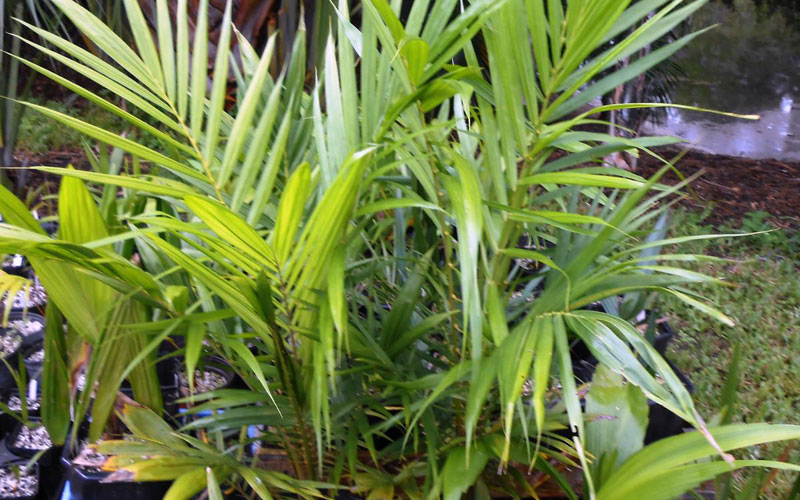
Elaeis guineensis is a species of palm commonly called African oil palm or macaw-fat. It is the principal source of palm oil.
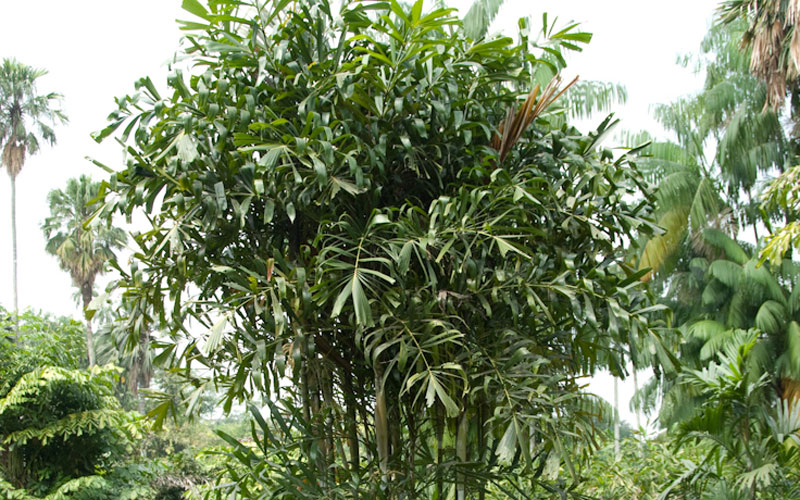
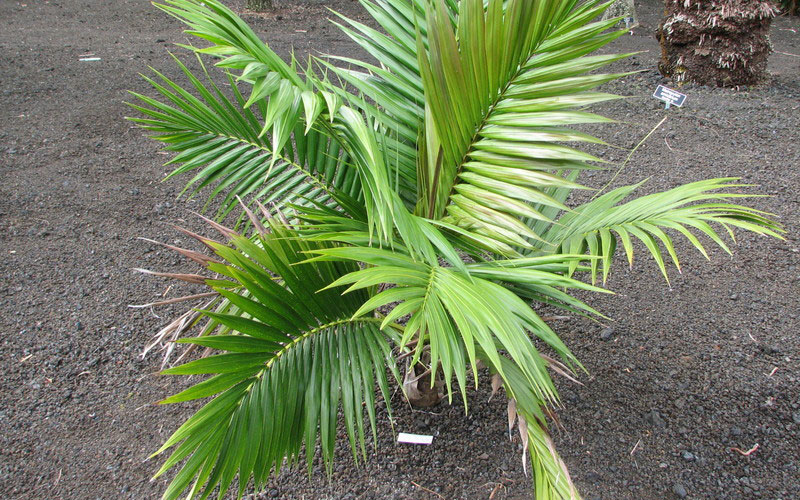
Heterospathe is a monoecious genus of flowering plant in the palm family found in Oceania, where it is called sagisi palm. Among members of the Iguanurinae it is described as relatively unspecialized.
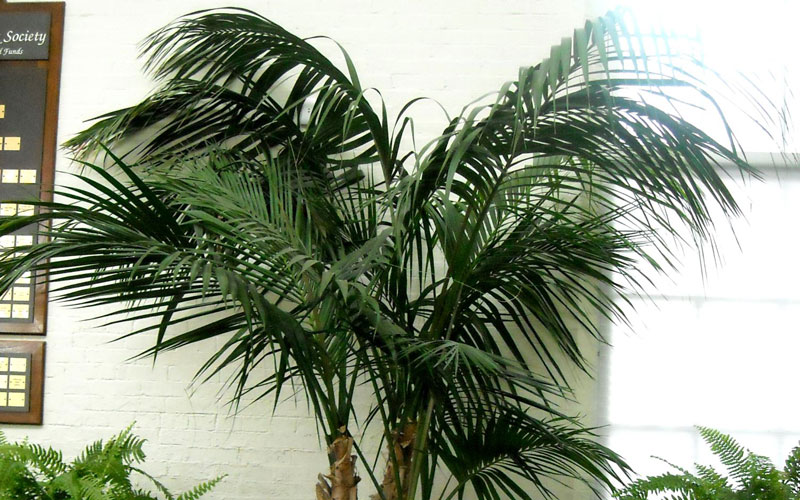
Howea forsteriana is a species of flowering plant in the palm family Arecaeae, endemic to Lord Howe Island in Australia. It is also widely grown on Norfolk Island. It is a relatively slow-growing palm, eventually growing up to 10 m tall by 6 m wide.
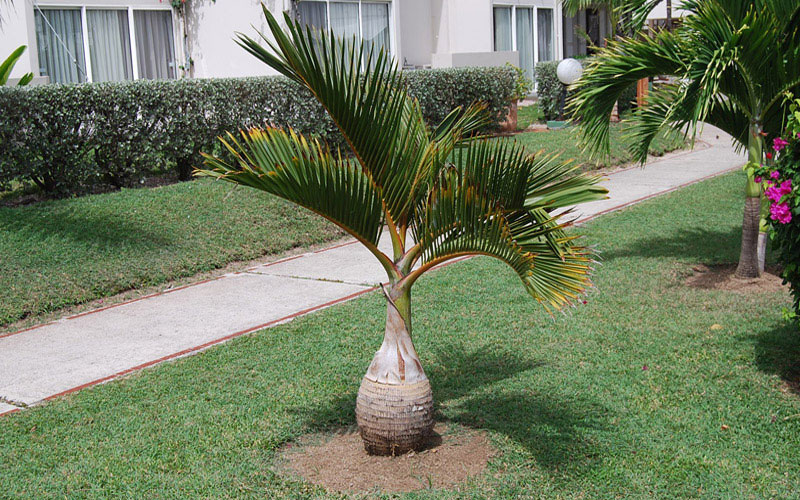
Hyophorbe lagenicaulis is a species of flowering plant in the Arecaceae family. It is native to Round Island, Mauritius.
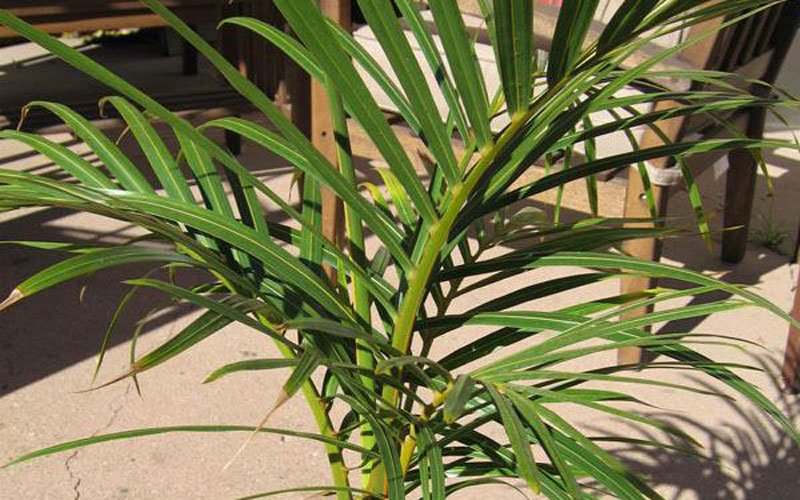
Hyophorbe lagenicaulis is a species of flowering plant in the Arecaceae family. It is native to Round Island, Mauritius.
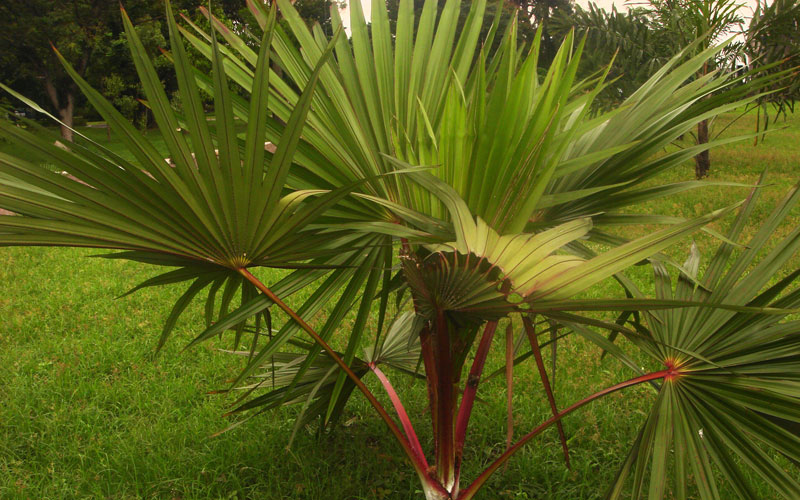
The Red Latan Palm is a species of flowering plant in the Arecaceae family. It is found only in Réunion and is threatened by habitat loss.
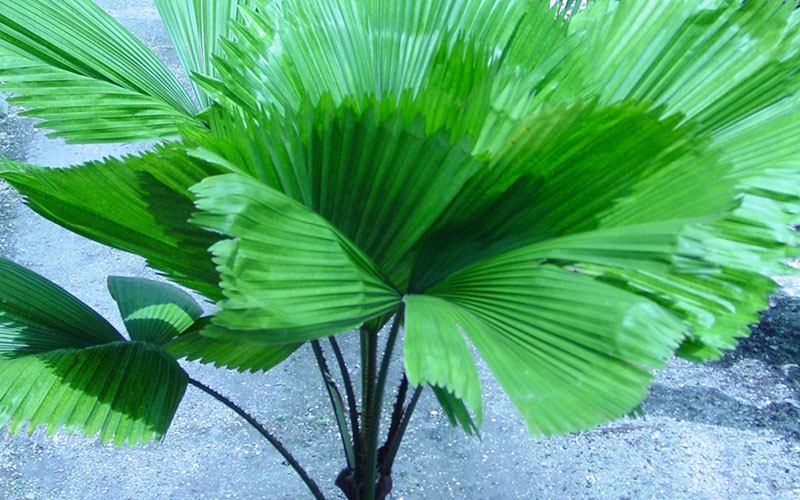
Licuala grandis, the Ruffled Fan Palm, Vanuatu Fan Palm or Palas Palm is a species of palm tree in the Arecaceae family, native to Vanuatu, an island nation in the Pacific.
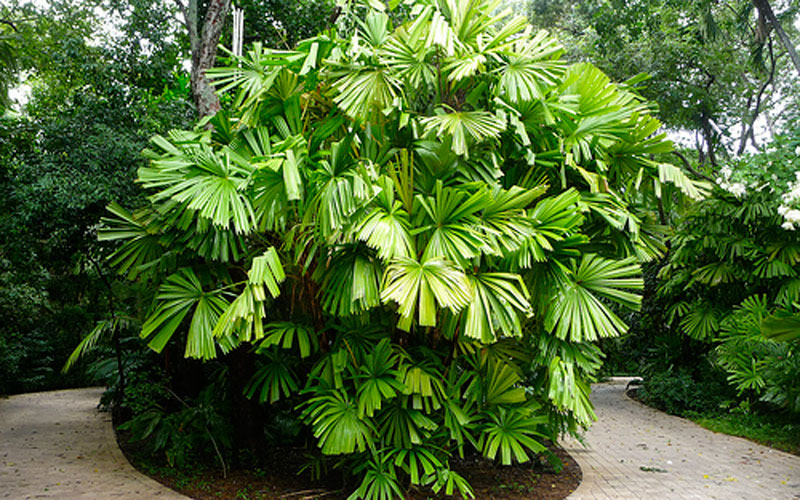
Licuala spinosa, the Mangrove Fan Palm, is a species of palm in the genus Licuala. The plant is native to the moist areas of southeast Asia. Licuala spinosa grows in clumps, reaching 3 to 4 m high.
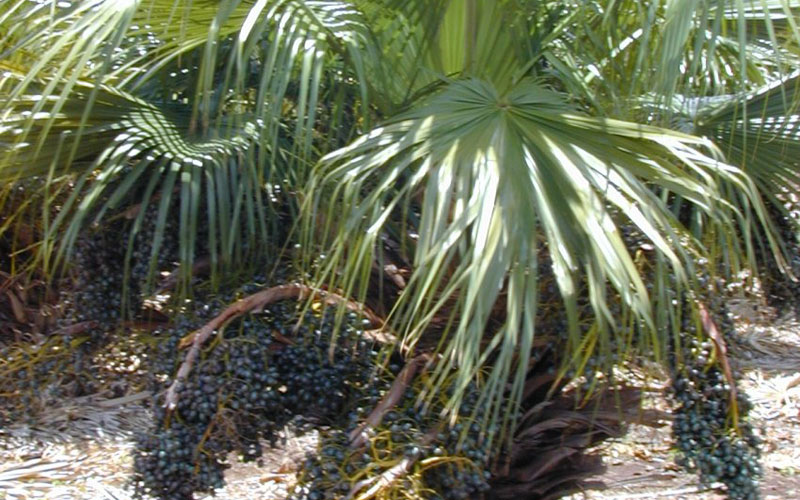
Livistona chinensis, the Chinese fan palm or fountain palm, is a species of subtropical palm tree in eastern Asia. It is native to Southern Japan, Taiwan, the Ryukyu Islands, and the Guangdong region of southern China.

